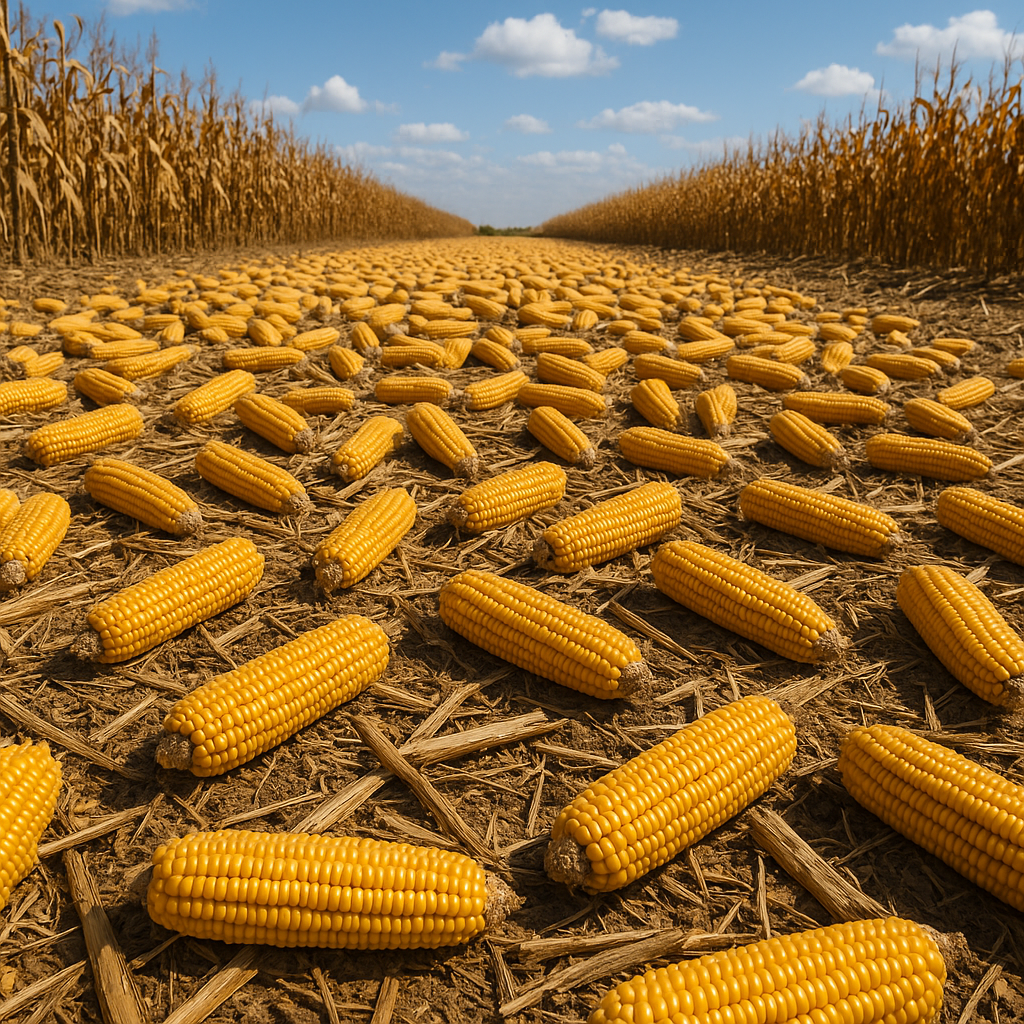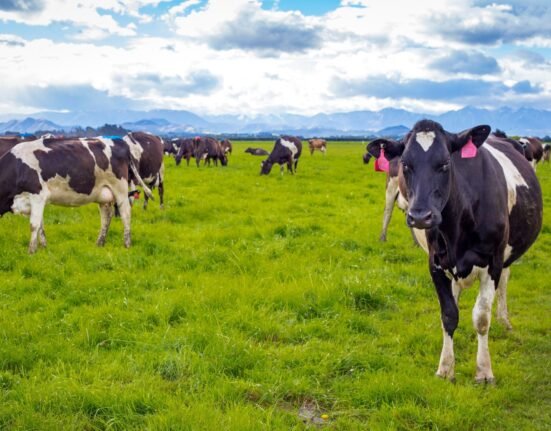May 29, 2025 ‚ÄĒ As China continues to reduce its reliance on US corn, other Asian economies‚ÄĒincluding South Korea, Japan, and Vietnam‚ÄĒare increasing their purchases, reshaping global corn trade dynamics. The shift, primarily driven by lower US prices and geopolitical trade recalibrations, holds significant implications for animal feed supply chains, especially in dairy and poultry production across Asia.
According to recent data from the US Department of Agriculture (USDA) and Bloomberg, US corn exports to Asia have surged as China shifts its focus to Brazilian supplies. China’s diversification strategy, which began amid the US-China trade tensions under the Trump administration, has led to a five-year low in US corn imports by China as of March 2025.
ūüďą Who‚Äôs Buying More US Corn?
- Japan: Imports from the US jumped over 30% in 2024‚Äď25, reaching 8.9 million tons.
- South Korea: Saw its highest corn import levels in over seven years, with US market share expected to rise from 7% in 2022‚Äď23 to 30% in 2025‚Äď26.
- Vietnam & Indonesia: Resumed imports after a gap year, taking advantage of favourable pricing.
These countries are increasingly turning to the US as a more competitive and reliable supplier for corn used in livestock feed, including cattle, poultry, and dairy herds.
ūüźĄ Implications for the Dairy Sector
Corn remains a crucial component in dairy cattle feed, significantly influencing milk yields, production costs, and farm margins. With US corn now priced more attractively, Southeast Asian dairy producers could benefit from lower feed costs, particularly in countries like Vietnam and Indonesia, where demand for milk is surging.
‚ÄúUS corn is very competitive into Southeast Asia,‚ÄĚ said Caleb Wurth, Regional Director, US Grains Council.
Meanwhile, China’s preference for Brazilian corn stems from both strategic diversification and attempts to support domestic prices and protect local farmers. According to BMI (Fitch Solutions), further declines in US corn exports to China are likely through 2025.
ūü§Ě Trade Deals Driving Regional Demand
Several countries are leveraging this opportunity to initiate or expand trade agreements with the US:
- Vietnam, Indonesia, and Thailand are exploring bilateral trade talks to increase American commodity imports.
- Japan and South Korea have also proposed higher farm product imports as part of broader economic partnerships.
‚ÄúUS farmers are excited about the potential for deeper trade ties with Southeast Asia,‚ÄĚ said Dan Keitzer, Director, Iowa Corn Growers Association, after a recent visit to feed millers and ethanol retailers in the region.
ūüĒģ Outlook: Strategic Shifts in the Corn Market
- China is expected to import around 10 million tons of corn in 2025‚Äď26, according to the USDA, well below its 2020‚Äď21 peak of 29.5 million tons.
- Its agriculture ministry forecasts a more conservative 7 million tons, marking a six-year low.
As US corn continues to flood into Southeast Asia, feed manufacturers, dairy producers, and livestock integrators in the region are poised to benefit from increased supply stability and price efficiency.







